Endowed with warm, sublime light, lush, colourful flora, and inspiring, centuries-old buildings, Provence is an incredibly photogenic region of France. Is it any wonder, then, that it has served as muse for some of France’s most brilliant painters and artists? Especially from the Impressionist period onward, when artists broke the moulds of classical painting and invented new ways of seeing, and expressing, form and light, Provencal landscapes and references have figured in some of the most iconic tableaux of the 19th and 20th centuries. If you’re interested in learning more about Provence art and the best places to rediscover its legendary painters, read on. These beautiful towns are ideal stops on a private art and culture tour of France.
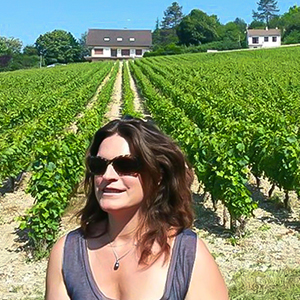
Founder
From Cézanne to Matisse, numerous legendary French painters chose Provence as their muse. Explore these wonderful places to learn more about the history of Provencal art, and be carried away by the beauty of the tableaux…
This sunny Provencal town in close reach of Marseille and the Cote d’Azur is, for some art historians, the birthplace itself of modern French art as we know it. The author of that revolution? Paul Cézanne, the late 19th-century Impressionist painter who almost obsessively rendered the town, countryside beyond, and most famously of all, the Mont St-Victoire. Under Cézanne’s magical eye and brush, the mountain, already beautiful in “real life”, becomes a mesmerizing totem, larger than life. It’s said that the artist was so passionate about getting the mountain right that he continued painting it during a violent thunderstorm! Later, Pablo Picasso– who was a great admirer of his predecessor– purchased and resided in the old castle perched on the hill in the nearby town of Vauvenargues, simply so he could enjoy direct views of the mountain.
In Aix, your private guide will take you on a magnificent tour that follows in the steps of Cézanne and retraces his work, life, and inspiration. A visit to the Musée Granet d’Aix-en-Provence is also in order: here, some of his masterpieces are on display, and visitors can step inside his old workshop to get an even greater sense of how he worked.
If desired, the tour can continue in the town of Estaque, approximately an hour and ten minutes from Aix and close to Marseille. This was another town in the area that Cézanne cherished and frequently painted. His mother’s country house was situated here, and it represented a place of peaceful retreat.
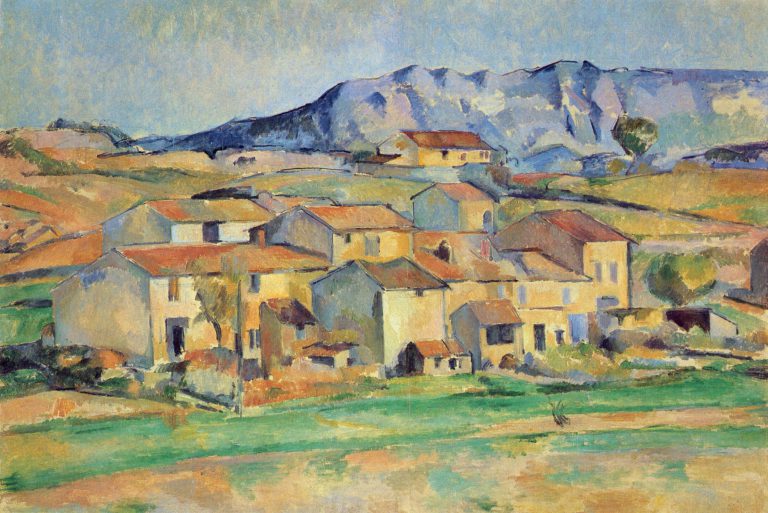
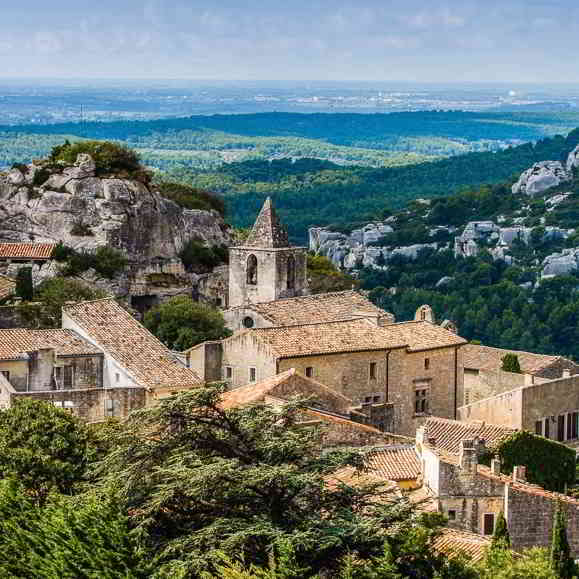
The next stop on any thorough Provencal art history tour is Arles, where the expressionist painter Vincent Van Gogh spent more than a year in 1888 and 1889. While Van Gogh isn’t technically French, but was born in the Netherlands, he is often considered to be so in an honorary sense: he spent much of his life in the country and depicted many of its places and landscapes in his work.
Weary of city life, Van Gogh moved to Arles from Paris hoping to benefit from the sunshine, fresh air and quiet Provencal lifestyle. Unfortunately, the artist suffered from deep mental health problems, and at the end of his stay he was interned at a hospital in the southern town, having experienced a nervous breakdown. It was here that he was interned after having allegedly cut off his own ear– although some now say it was his friend and rival Paul Gauguin– with whom he had a stormy relationship– who injured him. Gauguin had in fact come to Arles and stayed with his friend, working alongside him for a time. Many of Gauguin’s own masterpieces depict the town, or were created while working there. These include one tableau showing Van Gogh painting his famous sunflowers.
Van Gogh’s stay at the hospital in Arles is depicted in two of his paintings, including one showing the garden wheret the artist often strolled as part of his recovery.
Your private tour around the old Gallo-Roman town will include many iconic places passionately rendered in the singular paintings of Van Gogh, from the Cafe de la Gare to the famed “Yellow House” which served as a home and studio to the artist, Arles arena, and the Cafe du Forum, with its own “starry night” in the foreground.
Also worth a visit is the Espace Van Gogh, a small museum created at the hospital where the painter stayed. The gardens have become a magnificent foundation.
Finally, consider a whirl through the picturesque town of Saint-Rémy-de-Provence, where Van Gogh was institutionalised between 1889 and 1890 in an asylum. Saint-Rémy served as inspiration for some of the artist’s most-iconic works, and including a series of paintings depicting the asylum itself and its gardens, as well as the town and surrounding natural landscapes.
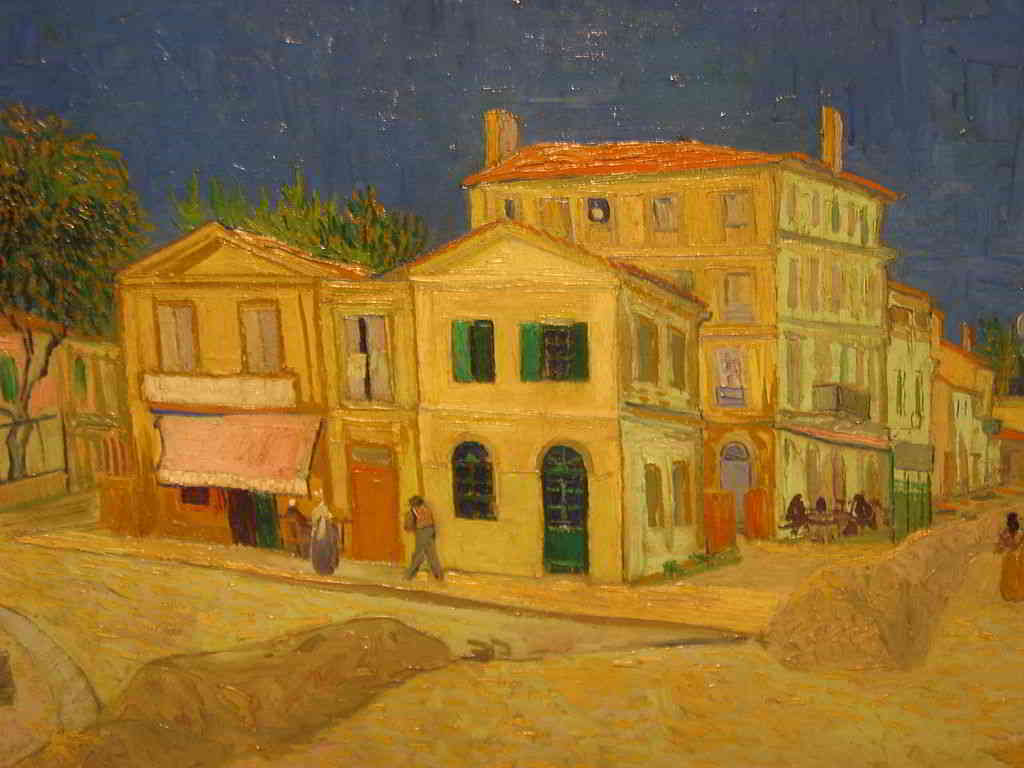
Next up on your Provencal art itinerary is Nice, one of the most beautiful cities on the French Riviera and another important center for arts and culture in the region. The early 20th-century French artist Henri Matisse first came to stay in the southern city in 1917, and stayed for 37 years– spending much of his later life here. It’s fitting, then, that art historians refer to this later phase in his work as the “Nice period“.
The artist painted gorgeous countryside landscapes around the city, as well as seascapes and his famous, alluring, mysterious interiors: his hotel room at the Beau Rivage in Nice, or portraits of women sitting on balconies overlooking the sea, their figures framed by vuluptuous yet airy and ethereal curtains. Matisse succeeded in ushering Nice, and French art in general, firmly into modernity.
The Matisse Museum, located high atop the city, is an essential stop on your bespoke tour. Here, several of the artist’s masterpieces, including many from his Nice period, can be taken in. Your private guide will also take you to several places in the city where the artist worked, lived, and socialized, including hotels and ateliers associated with Matisse.
Finally, the sublime Chapelle du Rosaire in nearby Vence, a Catholic chapel with singularly beautiful windows and decor designed by Matisse himself, is another important stop around the city. The Rosary Chapel is widely considered a masterpiece and stands as a touching reminder of the artist’s deep legacy in the region. Blue, yellow and green stained glass filters the light in ways that are nothing short of mesmerising, standing in harmony with the modern design of the building itself. The glass depicts the Mediterranean sea, the blue sky of the French Riviera and the Madonna (Virgin Mary). Matisse also designed three murals composed of painted tiles.
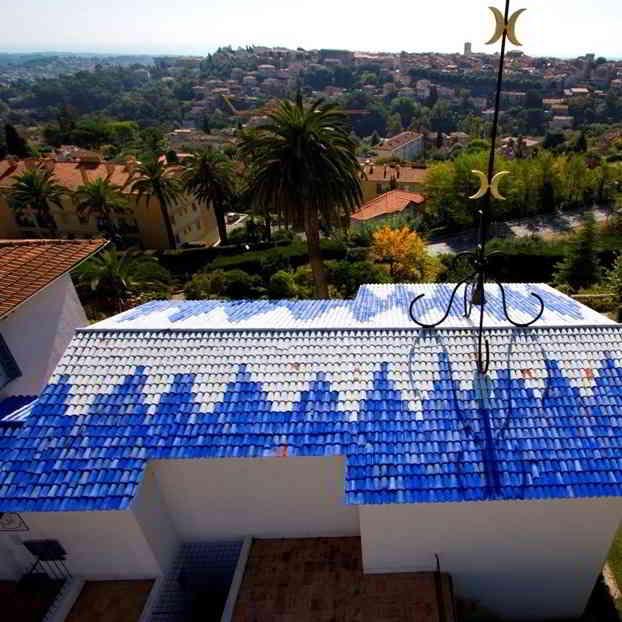
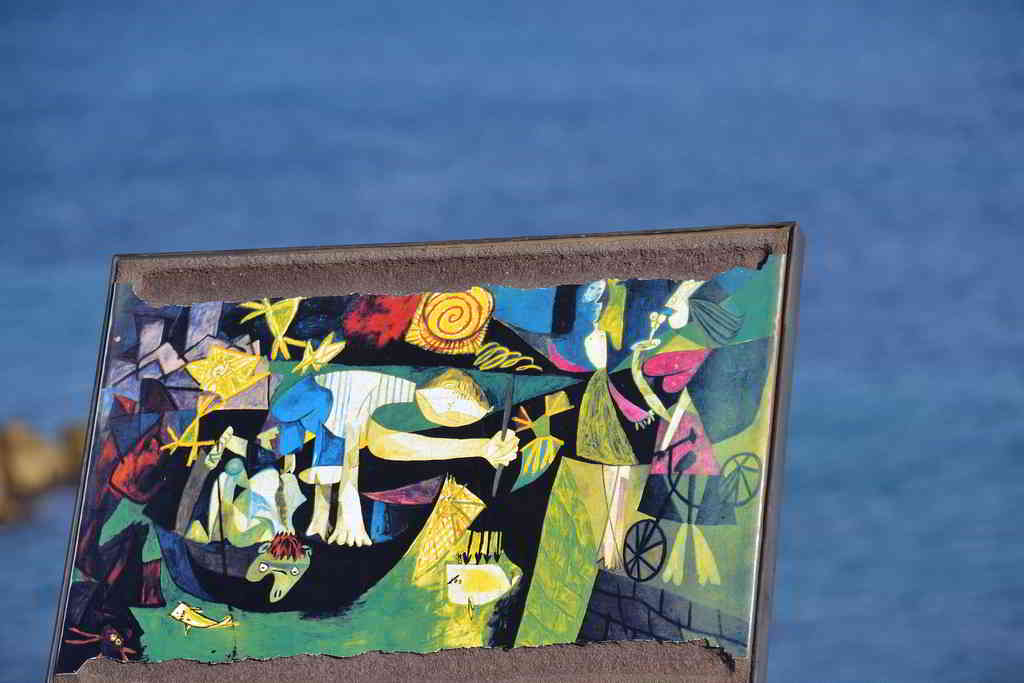
One of the prettiest, most charming and unpretentious towns on the Cote d’Azur, the Roman and medieval town of Antibes is soul-restoring for many a weary traveller. Perhaps it’s unsurprising, then, that the brilliant Franco-Spanish artist Pablo Picasso forged a new life here between 1945 and 1949, finding a new sense of peace and purpose among the blue sea, old fortress walls and rocky cliffsides.
World War II and all its human atrocities had just ended, and Picasso initially moved into a studio fashioned for him at the Chateau Grimaldi, once a Roman fort, then a medieval castle, and owned at the time by the royal family of the same name. There, he produced numerous masterpieces, including his ebullient “La Joie de Vivre” (The Joy of Living), showing a turn away from the dark, war-themed “Guernica” and other works. Yet, for many art historians, it is a celebration of peace after a time of strife, much like Monet’s monumental “Nymphéas” series at the Orangerie in Paris.
Touring in and around Antibes with your guide, you’ll learn all about this joyous period in Picasso’s artistic and personal life, visiting the marvellous Picasso Museum , located within the Chateau Grimaldi at Juan-les-Pins and other key places in the city where the artist left his footsteps.
Did you like the content? Share it now!
Have we inspired you to come to Provence and learn more about the history of the artists who were inspired by its beautiful landscapes and local culture? If so, get in touch with us. We’ll craft a perfectly bespoke tour of the region that focuses on arts and culture, transporting you straight to the heart of the landscapes and places featured in iconic paintings, and offering private guided visits of key museums. We’ll also hand-pick the most luxurious places to stay in the beautiful Provencal towns mentioned above, and suggest the best places for high gastronomic experiences around local cuisine and wines.
Did you like the content? Share it now!
To provide the best experiences, we use technologies like cookies to store and/or access device information. Consenting to these technologies allows us to process data such as browsing behavior or unique IDs on this site. Not consenting or withdrawing consent may negatively affect certain features and functions.
